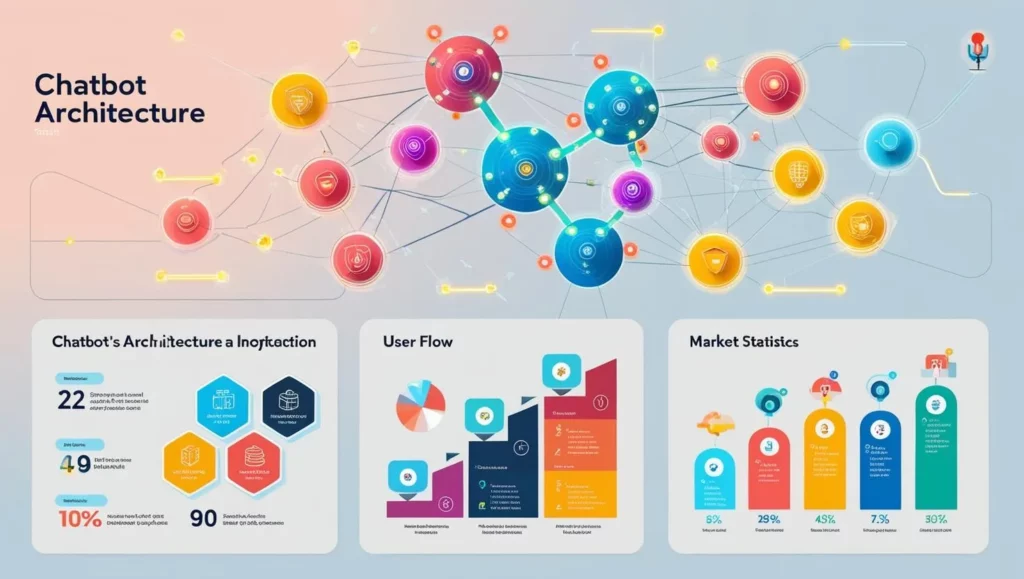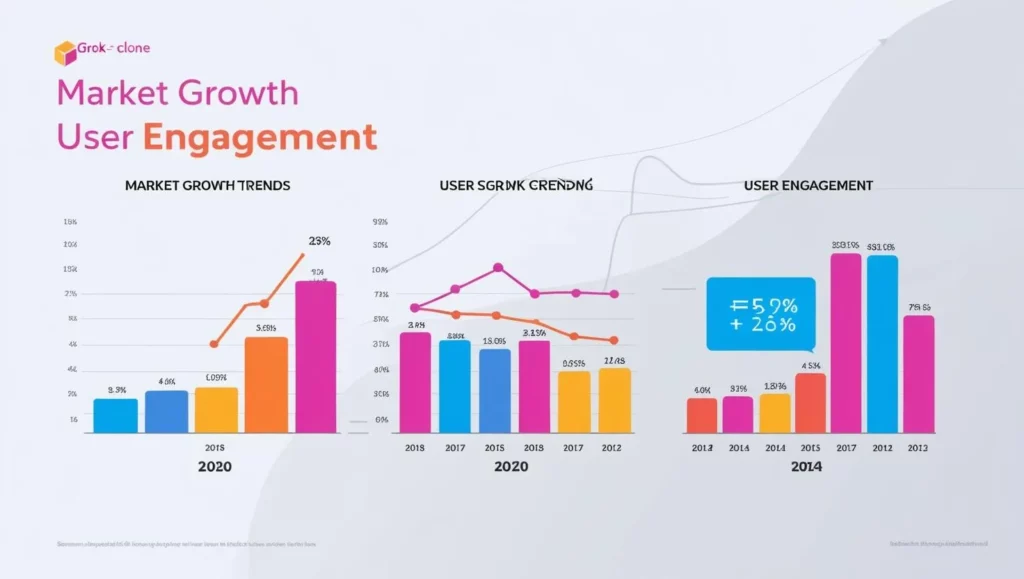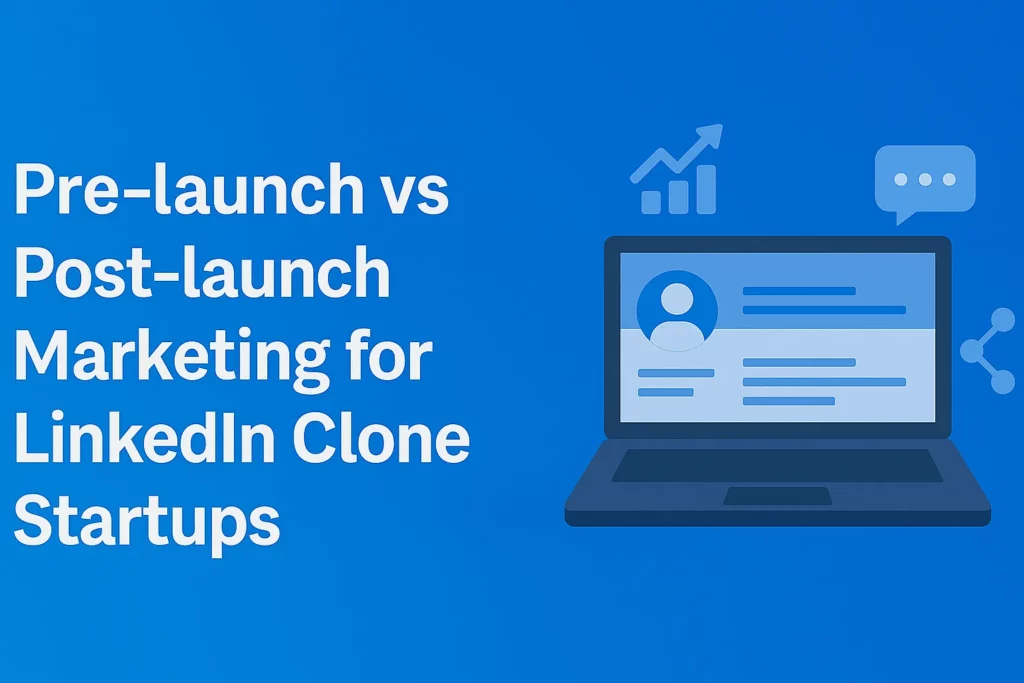In 2025, the AI chatbot landscape is more dynamic than ever. With the rise of advanced conversational agents like Grok, developed by Elon Musk’s xAI, there’s a growing interest among entrepreneurs and developers to create alternatives that cater to specific niches or offer unique functionalities. Building a Grok alternative isn’t just about replicating features; it’s about innovating and addressing gaps in the current AI chatbot ecosystem.
Reflecting on the evolution of AI chatbots, it’s evident how platforms like Grok have transformed user interactions. The integration of real-time data access, contextual understanding, and a touch of personality has set new standards. However, there’s always room for improvement, customization, and specialization, which opens doors for new entrants to make their mark.
This guide delves into the essential components of developing a Grok alternative. From understanding the core functionalities and technological requirements to exploring monetization strategies and compliance considerations, this article equips entrepreneurs and startups with the knowledge needed to navigate the AI chatbot domain successfully.
As we delve deeper, we’ll explore the intricacies of developing a Grok alternative, highlighting the challenges and opportunities that come with it. Whether you’re a budding entrepreneur or an established business looking to venture into the AI chatbot sector, this guide offers valuable insights to help you make informed decisions.

Understanding Grok’s Core Functionalities
Before developing an alternative, it’s crucial to understand what makes Grok stand out:
- Real-time Data Access: Grok integrates with platforms like X (formerly Twitter) to provide up-to-date information.
- Contextual Understanding: It maintains context over conversations, offering coherent and relevant responses.
- Personality Integration: Grok’s responses are infused with a unique personality, making interactions more engaging.
- Multi-modal Capabilities: Beyond text, Grok can handle images and other data types, enhancing its versatility.
Essential Features for a Grok Alternative
To build a competitive AI chatbot, consider integrating the following features:
| Feature | Description |
|---|---|
| Natural Language Processing (NLP) | Enables the chatbot to understand and process human language effectively. |
| Context Management | Maintains the context of conversations for more coherent interactions. |
| Real-time Data Integration | Accesses and processes live data from various sources to provide timely responses. |
| Multi-modal Support | Handles various data types, including text, images, and possibly voice inputs. |
| Customizable Personality | Allows for the integration of distinct personalities to cater to different user preferences. |
| Scalability | Ensures the chatbot can handle increasing user loads without performance degradation. |
Technology Stack and Architecture
Choosing the right technology stack is pivotal for the scalability and performance of your chatbot:
| Component | Technology Options |
|---|---|
| Frontend Development | React.js or Vue.js for responsive and interactive user interfaces. |
| Backend Development | Node.js or Python (Django/Flask) for robust server-side operations. |
| Database | MongoDB or PostgreSQL for efficient data management. |
| Machine Learning Frameworks | TensorFlow, PyTorch, or Hugging Face Transformers for building and training AI models. |
| Cloud Services | AWS, Google Cloud, or Azure for hosting and scalability. |
| APIs for Real-time Data | Integration with platforms like Twitter API, News APIs, or custom data sources. |
Compliance and Security Considerations
Ensuring compliance with data protection regulations and implementing robust security measures is non-negotiable:
- Data Protection: Implement encryption protocols to safeguard user data.
- Regulatory Compliance: Adhere to guidelines set by authorities like GDPR or CCPA.
- Secure Transactions: Ensure secure handling of any transactions or sensitive operations.
- User Consent: Obtain explicit consent for data collection and usage.
Monetization Strategies
To generate revenue, consider the following models:
1. Subscription Model
Offer users access to advanced features, enhanced customization, or exclusive content through a recurring monthly or annual subscription. This could include premium conversational styles, API access, unlimited queries, analytics dashboards, or even offline access. Subscriptions provide predictable, recurring revenue and are especially effective for loyal or power users who value ongoing benefits.
2. Pay-Per-Use Model
This model charges users based on their actual usage, such as the number of interactions, queries processed, or tokens consumed. Ideal for businesses or developers integrating your chatbot into their platforms, this usage-based pricing ensures they only pay for what they consume. It also appeals to startups and smaller users who prefer flexible spending over fixed costs.
3. Advertising Revenue
Incorporate contextual or targeted ads within the chatbot interface, especially if your bot attracts a high volume of daily users. Sponsored messages, product recommendations, or banner ads can generate income without charging the user directly. AI-driven personalization ensures ads remain relevant and non-intrusive, enhancing the overall user experience while creating a steady ad revenue stream.
4. Enterprise Licensing & Solutions
Offer custom chatbot solutions to businesses and enterprises tailored to their industry needs—be it healthcare, e-commerce, customer service, or education. This B2B model typically involves high-value contracts that include onboarding, integration support, SLA guarantees, and dedicated support. Enterprise clients value data security, white-label options, and scalable architecture—making them willing to pay premium pricing.

Challenges in Building a Grok Alternative
While the opportunities are vast, several challenges need addressing:
- Data Privacy Concerns: Implement strict data handling policies and transparent user agreements.
- Maintaining Context: Develop advanced context management systems to handle long conversations.
- Real-time Data Processing: Optimize data pipelines to handle and process live data efficiently.
- User Engagement: Continuously update and refine the chatbot’s personality and responses to keep users engaged.
Choosing the Right Development Partner
Selecting an experienced development team is crucial:
- Portfolio Assessment: Review past projects related to AI and chatbot development.
- Technical Expertise: Ensure proficiency in the required technology stack and AI frameworks.
- Post-Launch Support: Availability of maintenance and updates after deployment.
- Client Testimonials: Seek feedback from previous clients to gauge reliability.
Conclusion :
Developing a Grok-style chatbot in 2025 isn’t just about replicating wit or sarcasm—it’s about building a platform that understands users, adapts to their tone, and delivers value with personality. Success lies in blending intelligent design, user-centric features, and secure architecture to meet rising expectations in digital interaction.
From personalized conversations to real-time assistance, your chatbot must balance functionality with flair. Add in flexible monetization strategies like subscriptions or enterprise packages, and you have a sustainable path to growth.
With expert guidance from Miracuves and a keen eye on evolving market trends, you can transform a simple chatbot idea into a powerful, culturally relevant AI platform that users enjoy—and trust.
FAQs
1. What is Grok, and why consider developing an alternative?
Grok is an AI chatbot developed by xAI, known for its real-time data integration and unique personality. Developing an alternative allows for customization and addressing specific market needs.
2. How much does it cost to develop a Grok alternative?
The development cost varies based on features, technology stack, and development partner. On average, it can range from $50,000 to $200,000.
3. What are the key features to include in a Grok alternative?
Essential features include NLP capabilities, context management, real-time data integration, multi-modal support, and a customizable personality.
4. How can I ensure the security of user data in my chatbot?
Implement encryption protocols, secure data storage solutions, and adhere to data protection regulations like GDPR.
5. What monetization strategies are effective for AI chatbots?
Effective strategies include subscription models, pay-per-use, advertising, and offering enterprise solutions.
6. How do I choose the right development partner for my chatbot project?
Look for a team with a strong portfolio in AI development, technical expertise, positive client testimonials, and reliable post-launch support.







